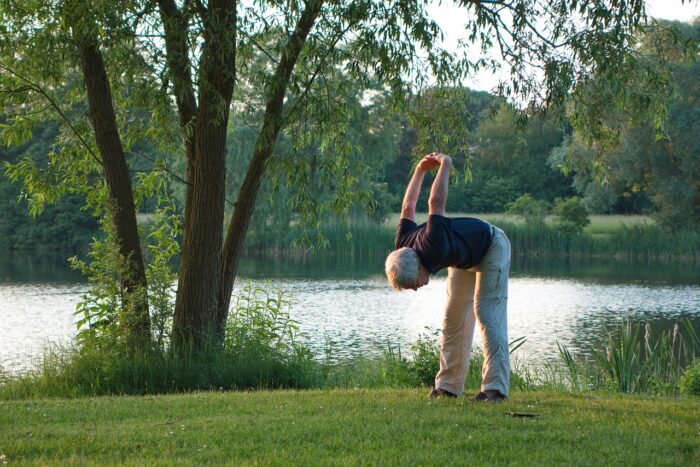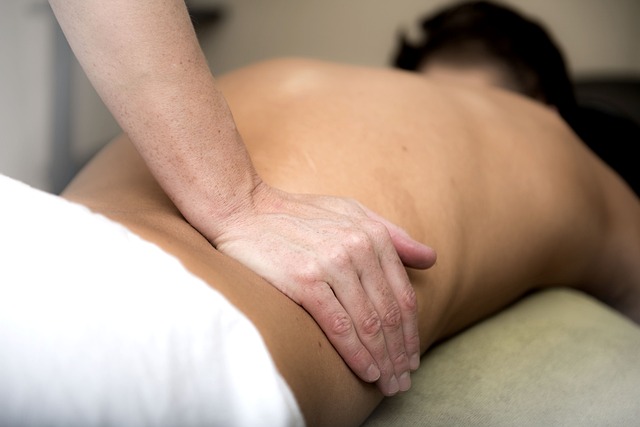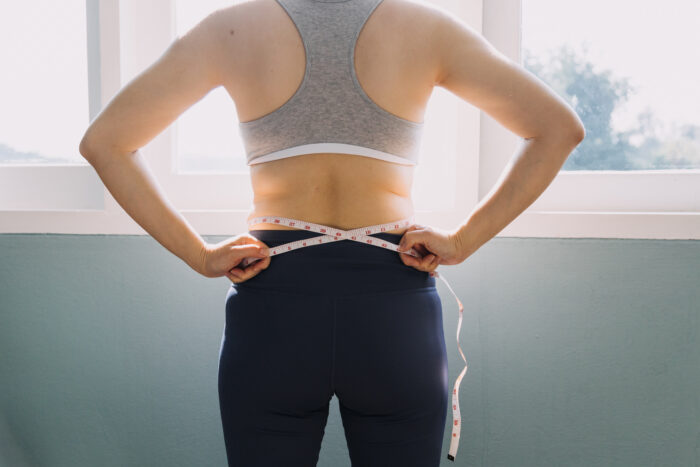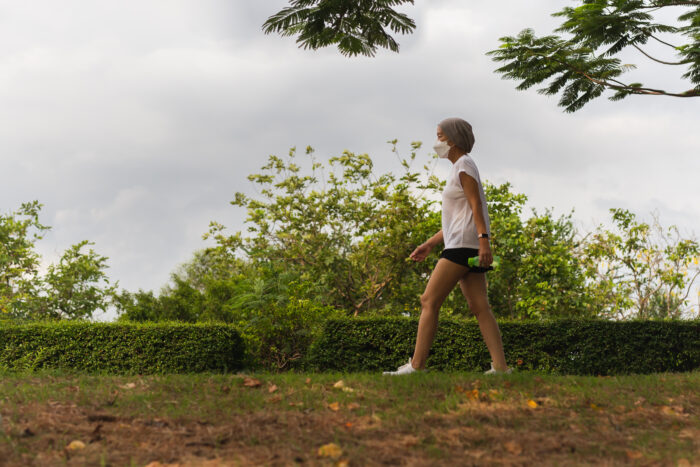
Reducing inflammation in the lumbar spine involves a combination of lifestyle changes, medical treatments, and home remedies.
Here are some effective strategies…
Rest and Activity Modification
- Rest – Avoid activities that exacerbate pain and inflammation. Short periods of rest can help, but prolonged inactivity should be avoided to prevent stiffness.
- Modify Activities – Adjust daily activities to reduce strain on the lower back. Avoid heavy lifting and bending.
Cold and Heat Therapy
- Cold Therapy – Apply ice packs to the affected area for the first 24-48 hours to reduce inflammation and numb the area. Use for 15-20 minutes at a time, several times a day.
- Heat Therapy – After the initial inflammation decreases, apply heat to relax muscles and improve blood flow. Use a heating pad or warm towel for 15-20 minutes at a time.
Over-the-Counter Medications
- Nonsteroidal Anti-Inflammatory Drugs (NSAIDs) – Medications like ibuprofen (Advil, Motrin) and naproxen (Aleve) can reduce inflammation and alleviate pain.
- Acetaminophen (Tylenol) – For pain relief without anti-inflammatory effects.
Prescription Medications
- Stronger NSAIDs – Prescription-strength NSAIDs may be prescribed for severe pain.
- Muscle Relaxants – Medications like cyclobenzaprine (Flexeril) can help if muscle spasms are contributing to the pain.
- Corticosteroids – Oral or injectable corticosteroids can reduce severe inflammation.
Physical Therapy and Exercise
- Physical Therapy – A physical therapist can provide exercises to strengthen the core and lower back muscles, improve flexibility, and promote proper posture.
- Stretching and Strengthening Exercises – Gentle stretching and strengthening exercises can support the spine and reduce inflammation.
Lifestyle Changes
- Weight Management – Maintaining a healthy weight reduces stress on the lumbar spine.
- Healthy Diet – Eating a diet rich in anti-inflammatory foods, such as fruits, vegetables, fatty fish, nuts, and seeds, can help manage inflammation.
- Hydration – Staying well-hydrated supports overall health and muscle function.
Alternative Therapies
- Massage Therapy – Can help reduce muscle tension and improve circulation.
- Acupuncture: Some people find relief from lumbar spine inflammation with acupuncture.
- Chiropractic Care – Chiropractic adjustments may help align the spine and reduce inflammation.
Proper Posture and Ergonomics
- Ergonomic Furniture – Use chairs with good lumbar support and ensure your workstation promotes good posture.
- Proper Lifting Techniques – Use your legs to lift, not your back, to prevent strain and inflammation.
Regular Movement and Breaks
- Avoid Prolonged Sitting or Standing – Take regular breaks to move and stretch.
- Low-Impact Aerobic Exercise – Activities like walking, swimming, and cycling can improve overall fitness without placing excessive strain on the lumbar spine.
Medical Interventions
- Epidural Steroid Injections – For severe inflammation, injections directly into the epidural space can provide relief.
- Surgery – In rare cases, when conservative treatments fail and there is significant structural damage, surgical intervention might be necessary.
When to Seek Medical Attention
- Persistent Pain – If pain and inflammation persist despite home treatments.
- Severe Symptoms – Such as numbness, weakness, or loss of bladder/bowel control.
Implementing these strategies can help manage and reduce inflammation in the lumbar spine effectively. Always consult with a healthcare professional before starting any new treatment or therapy.
Related Posts
How Can I Improve My Lumbar Back Pain?
On
August 27, 2024
How Do You Loosen Tight Lumbar Muscles?
On
September 5, 2024
How Do You Make Lumbar Pain Go Away?
On
July 13, 2024
Does Walking Help Lumbar Back Pain?
On
July 4, 2024



